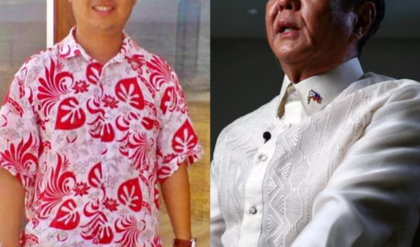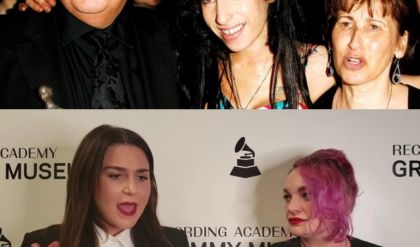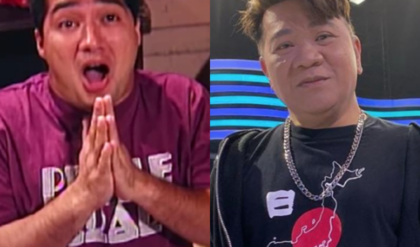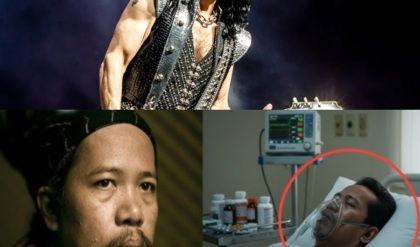SHOCKWAVES IN THE PHILIPPINES: The Rise and Fall of Francis Leo Marcos, the “Modern-Day Robin Hood”
The Philippines woke up to yet another story that shook not only the media but the very core of public perception. Francis Leo Marcos, once hailed as a hero by countless Filipinos for his viral acts of generosity, philanthropy, and dramatic showdowns with societal injustice, has experienced a collapse so sudden and staggering that fans, critics, and ordinary citizens alike are struggling to comprehend what went wrong. The man who once held the admiration of millions now finds himself at the center of controversy, speculation, and an unprecedented fall from grace that has sent shockwaves across social media, news outlets, and political circles.

To understand the magnitude of this unraveling, one must first look back at the meteoric rise of Marcos. Long before his name became synonymous with scandal, he was celebrated as a grassroots champion—a “Robin Hood” of modern times. Videos of him distributing aid to impoverished communities, rescuing the underprivileged, and challenging societal norms spread like wildfire across Facebook, Twitter, and YouTube. People who had never seen him in person felt a sense of intimacy with Marcos, as though his actions were a direct lifeline to the everyday struggles of ordinary Filipinos.
Marcos’ brand of heroism was unlike anything the public had seen. He did not simply donate money quietly; he orchestrated dramatic, cinematic gestures that became viral content almost instantaneously. Whether it was arriving in a convoy to deliver relief goods during typhoons or personally confronting corrupt local officials, Marcos’ flair for spectacle coupled with his philanthropic acts turned him into a household name. Celebrities shared his videos. Political commentators debated his actions. Ordinary citizens felt inspired. A cult of admiration grew around him, and for a time, it seemed as if Francis Leo Marcos had become untouchable—a symbol of hope and defiance in a society often weighed down by inequality and corruption.
However, the higher one rises, the harder the fall. As the attention and fame around Marcos grew, so too did the scrutiny. What once appeared as heroic gestures began to attract skepticism. Critics questioned the sources of his funds, the legality of his actions, and the motivations behind his viral stunts. Was he genuinely helping the people, or was he building a personal brand, seeking political leverage, or simply performing for the cameras? Rumors began to circulate, social media comments shifted from adulation to doubt, and investigative journalists started digging deeper into the man behind the viral persona.
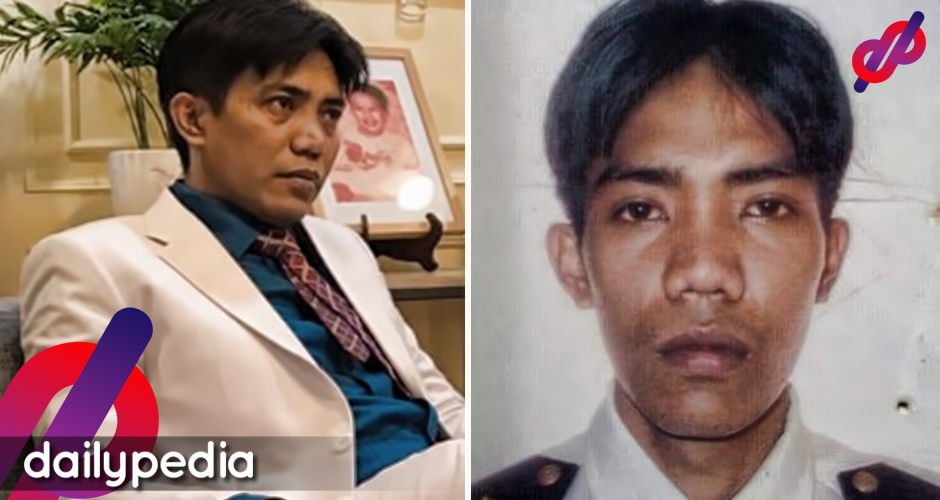
The tipping point came when multiple reports suggested discrepancies between his publicly documented generosity and the internal operations of his personal ventures. Allegations surfaced that some of the relief distributions had been staged for maximum online impact. Questions arose about financial mismanagement, potential exploitation of vulnerable communities, and even links to questionable political interests. Each new revelation fueled a firestorm of debate, and the court of public opinion—once Marcos’ most loyal ally—turned increasingly hostile.
What shocked many, however, was the speed at which this admiration crumbled. In just a matter of weeks, the narrative surrounding Francis Leo Marcos shifted from “heroic savior” to “controversial figure under investigation.” The same platforms that had amplified his philanthropic image now scrutinized every action, dissected every video, and analyzed every social media post. Hashtags demanding transparency trended nationally. Prominent commentators weighed in, some defending him, others condemning him. Ordinary Filipinos, who once felt uplifted by his acts, now expressed betrayal, confusion, and anger. The emotional whiplash was palpable: the man who had once personified hope now epitomized controversy.
Amidst the public outcry, legal investigations and official scrutiny intensified. Authorities began examining financial records, donation reports, and his connections within various civic and political organizations. Questions about accountability, ethics, and legality loomed large, turning what had been a heartwarming story of modern-day heroism into a cautionary tale about fame, scrutiny, and the delicate balance between public perception and reality. The scrutiny was relentless, not only exposing inconsistencies in Marcos’ narrative but also revealing the vulnerabilities inherent in any public figure who operates at the intersection of philanthropy, social media, and politics.
But beyond the financial and legal controversies lies a deeper, more human story—a story of ambition, pressure, and the weight of being idolized by millions. Sources close to Marcos describe a man who was constantly under scrutiny, facing the impossible task of satisfying public expectations while maintaining personal integrity. The burden of performing heroism for the camera, balancing genuine empathy with the demand for spectacle, and navigating the volatile waters of public opinion may have contributed to decisions that were later questioned or misinterpreted. Behind the viral clips and dramatic gestures was a human being grappling with the tension between intention and perception, action and consequence.
The fallout from this saga has also exposed the fragile nature of celebrity heroism in the digital age. Marcos’ rise was powered by the very platforms that now amplify criticism. Social media, once a tool for advocacy and visibility, has become a double-edged sword, capable of elevating and dismantling reputations with equal speed. Public memory is fleeting; admiration is conditional; and every gesture, no matter how well-intentioned, is subject to scrutiny, interpretation, and, often, misrepresentation. The Marcos story serves as a case study in the power—and peril—of modern fame, especially when amplified by viral media.
In the midst of this chaos, questions abound: Is Francis Leo Marcos still the person millions once admired, or has the weight of public scrutiny reshaped him entirely? Can his philanthropic efforts withstand the shadow of controversy, or will they be forever tainted by allegations and suspicion? And, perhaps most pressing, what does this story reveal about the society that elevates and then scrutinizes its heroes with such intensity?
Analysts suggest that the Marcos saga reflects broader societal dynamics. In a nation where economic inequality, political corruption, and social media influence intertwine, heroes are often expected to perform miracles while remaining beyond reproach. The appetite for spectacle creates opportunities for both genuine impact and performative heroism. When admiration turns to doubt, the same mechanisms that built fame can dismantle it, leaving both the individual and the public grappling with the consequences.
Despite the controversies, it is important to acknowledge the tangible impact Marcos made during his peak. Communities benefited from his aid, awareness was raised about social inequalities, and conversations about civic responsibility were sparked. The fall from grace, while dramatic and publicly scrutinized, does not erase the moments of hope and help that he facilitated. Yet, the narrative of a modern-day hero now carries the cautionary overlay of accountability, transparency, and ethical scrutiny.
As Filipinos continue to debate, analyze, and reflect on the Marcos saga, one thing remains clear: the story of Francis Leo Marcos is more than a tale of fame and scandal. It is a mirror held up to a society that both craves heroes and fears their imperfections, that celebrates spectacle yet demands substance, and that wields the power to uplift and dismantle its champions with equal intensity. The discourse it sparks—about morality, perception, and the responsibility of those in positions of influence—will reverberate long after the headlines fade.
In the end, Francis Leo Marcos’ journey from viral hero to controversial figure is a cautionary epic about the fragility of public perception, the complexity of intention, and the precarious balance between heroism and scrutiny. Whether he can reclaim his former stature or find a new path forward remains uncertain. What is undeniable, however, is the indelible mark he has left on the Philippine social and digital landscape—a story of extraordinary ambition, fleeting glory, and a sobering reminder that in the age of virality, heroes are only as enduring as the lens through which they are viewed.
The legacy of Francis Leo Marcos is, therefore, paradoxical. He embodies the potential for positive change, the intoxicating allure of fame, and the pitfalls of public life. His story will be dissected in media classrooms, debated in online forums, and pondered in social discourse for years to come. The rise and fall of the self-proclaimed “Modern-Day Robin Hood” is not just an individual narrative; it is a reflection of the broader human experience—the eternal tension between aspiration and expectation, action and consequence, admiration and judgment.
As the nation continues to grapple with the questions his story raises, one cannot help but wonder: what lessons will future generations take from the meteoric rise and sudden fall of Francis Leo Marcos? Will they see him as a cautionary tale, a misunderstood visionary, or a complex mixture of both? The answers may vary, but the resonance of his story is undeniable, leaving a lasting imprint on Philippine culture, society, and the collective imagination of those who witnessed the extraordinary saga unfold.
